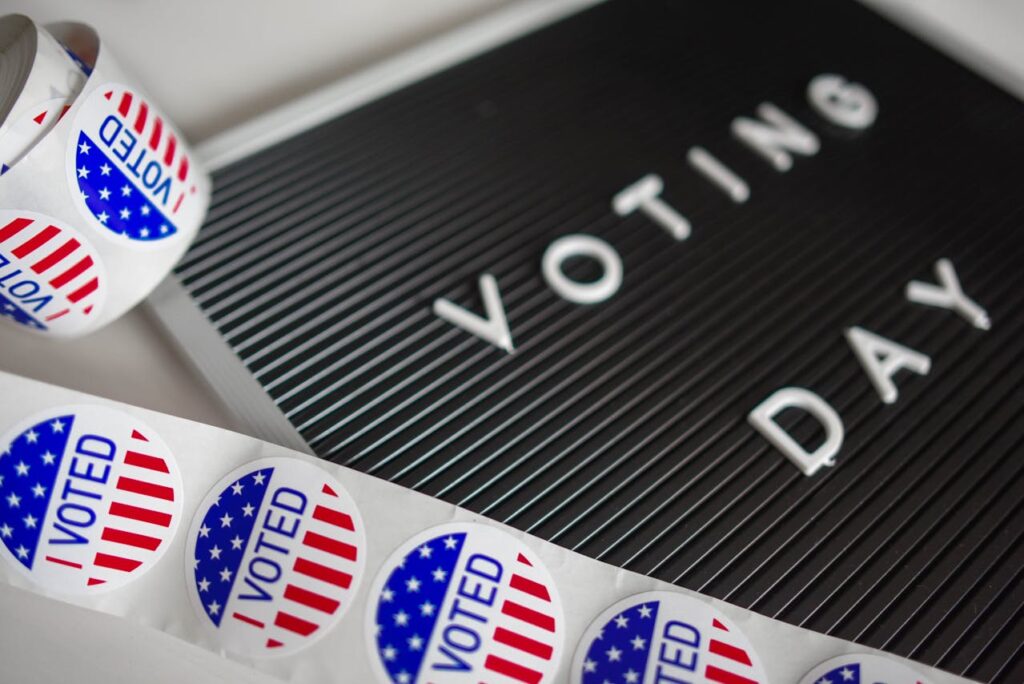In today’s increasingly divided political climate, public affairs PR campaigns in the United States are facing new challenges and opportunities. As political polarization becomes more entrenched, and media consumption shifts towards digital and social platforms, the need for thoughtful, strategic communication has never been greater. Whether it’s advocating for legislation, building corporate reputations, or managing crises, public affairs PR professionals in the U.S. must craft campaigns that not only resonate with key stakeholders but also navigate the complex media and political landscapes that dominate national conversations.
5WPR Insights
The Political Landscape in the U.S.
Public affairs PR campaigns in the U.S. are deeply influenced by the political landscape. The country’s polarized political climate presents both opportunities and obstacles for those managing public relations efforts for organizations, interest groups, or even individual political figures. PR professionals must contend with the fragmentation of media audiences, where individuals increasingly seek news and information that align with their political views, often bypassing neutral or balanced sources in favor of partisan outlets.
To succeed in this environment, public affairs PR campaigns must be highly targeted and contextually relevant. They must understand the political ideologies and sentiments that resonate within specific regions, sectors, or voter demographics. Moreover, campaigns need to be nimble enough to adjust to real-time political events, such as legislative developments, court rulings, or social movements.
Social Media’s Role in Public Affairs PR
Social media has fundamentally reshaped how public affairs PR campaigns are executed in the U.S. Platforms like Twitter, Facebook, and increasingly TikTok have become the primary battleground for public discourse. For public affairs campaigns, social media offers both tremendous reach and unprecedented risks.
The immediacy of social media means that public affairs PR professionals must be prepared to respond rapidly to any potential crisis or shift in public opinion. Negative stories, political gaffes, or social movements can spread quickly, and public affairs professionals must have the tools in place to counter misinformation, manage reputations, and keep messaging aligned with the broader campaign strategy.
Equally important is leveraging social media’s ability to engage directly with citizens. Social listening tools can help identify emerging trends, hot-button issues, and public sentiment, allowing PR professionals to adapt their campaigns to public opinion and political shifts. Advocacy organizations or political campaigns, for instance, can use social media to mobilize supporters, drive donations, and even influence policy debates.
Messaging in a Divided Political Environment
Crafting messages that resonate in the U.S. requires a delicate balance between being inclusive and not alienating potential supporters. PR professionals in the U.S. must tailor their messaging to align with specific political ideologies or social movements without appearing overly partisan or disconnected from the broader public.
For example, an advocacy campaign seeking support for environmental regulations may have to frame its message differently in conservative areas, emphasizing job creation and economic growth tied to green industries rather than focusing solely on environmental protection. Similarly, corporate PR campaigns addressing social justice or racial equity may need to carefully navigate the fine line between supporting diversity initiatives and avoiding accusations of virtue signaling.
Case Study: A Successful Public Affairs PR Campaign in the U.S.
One example of a successful public affairs PR campaign in the U.S. is the “Green New Deal” advocacy efforts, which were spearheaded by a coalition of environmental organizations and politicians, particularly Representative Alexandria Ocasio-Cortez. While the Green New Deal has been a highly polarized issue, its PR campaign effectively captured the attention of both progressive and conservative audiences by framing the debate in terms of jobs, economic opportunity, and technological innovation. This framing, while controversial, successfully galvanized grassroots support and shifted the national discourse on climate change.
Public affairs PR campaigns in the United States require a nuanced understanding of the country’s political landscape, the power of social media, and the intricacies of messaging in a polarized environment. Campaigns must be highly targeted, responsive, and capable of adjusting to real-time political developments. For public affairs PR professionals, success hinges on balancing public interest, political ideology, and digital engagement to shape public perception and influence policy.

More PR Insights
Inclusive Workplace Communication: Strategies To Support Neurodiverse Teams
PR Lessons From The Most-Shared Linkedin Posts
How To Manage Rumors About Your Brand